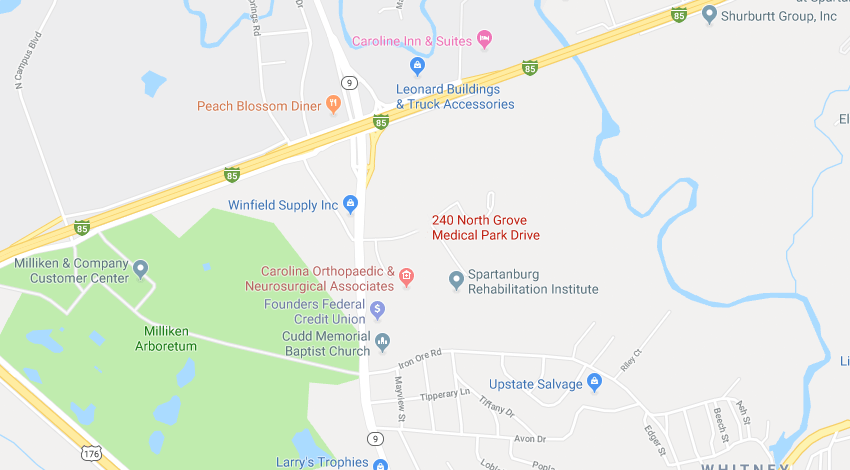Common Children's Tooth Injuries that Happen at Home
March 14th, 2019
Almost half of all children will sustain some sort of tooth injury during childhood, most of which are preventable. Here’s some common tooth injuries that a child can have at home, and how to prevent them.
Permaturely Lost Baby Tooth
The most common injury to primary teeth is the premature loss of the front teeth. Typically, children can lose their front teeth by tripping and falling onto their face, or while playing sports with friends. If your child prematurely loses a baby tooth, then visit your dentist immediately so they can repair or replace your child’s lost tooth.
Broken Tooth
Broken teeth are incredibly common and are the result of a high impact force on the face or jaw. If your child breaks a tooth, then preserve the broken bit in a bag of water or milk and visit their dentist immediately. Damaged blood vessels and nerves commonly accompany broken teeth, so your child needs to see their dentist as soon as possible.
Dislocated Permanent Tooth
A dislocated permanent tooth is a dental emergency that requires your dentist’s immediate attention. If possible, have your child place the lost tooth back in its socket immediately. At least 85 percent of teeth that are put back in the tooth socket within five minutes survive, compared to very few teeth that are stored dry and re-implanted after one hour.
Preventing Common Dental Injuries at Home
Safer Stairs
You can make stairs much safer for your infant by placing baby gates at the top and bottom of any stairways in your house. This can help prevent your child from accidentally falling and injuring themselves.
Make Your Fireplace Safe
If you have a fireplace, be sure to buy a sturdy safety gate to protect your baby from crawling into unsafe territory. If you have fireplace tools, be sure to keep them behind the fireplace safety gate.
Prevent Tripping
Tripping is one of the leading causes of prematurely lost teeth, and dislocated permanent teeth. To help your children avoid tripping at home, walk around your house and identify any uneven surfaces in your home, and check for wires or cords that cut across high traffic areas. Try to make sure that any rugs are securely in place, and that their edges are firmly on the ground. By identifying potential problem areas in your house, you have the power to prevent unnecessary oral injuries at home.
Protect Your Athlete’s Teeth
Did you know that your child is 60 times more likely to sustain damage to their teeth when they aren’t wearing a mouth guard? Or that dental injuries account for nearly 20% of all sports related injuries If your child is a bit more grown up and playing sports, then get them an athletic mouth guard to help prevent oral injuries while they’re playing.
Visit Our Office
Children’s tooth injuries are very common, but most need the attention of a pediatric dentist. If your child experiences any of the tooth injuries above, then call our office and explain your situation. We will help you manage the situation and do what’s best for your child’s long-term dental health.



